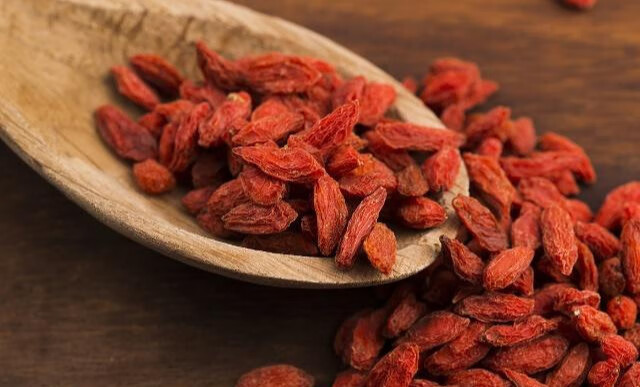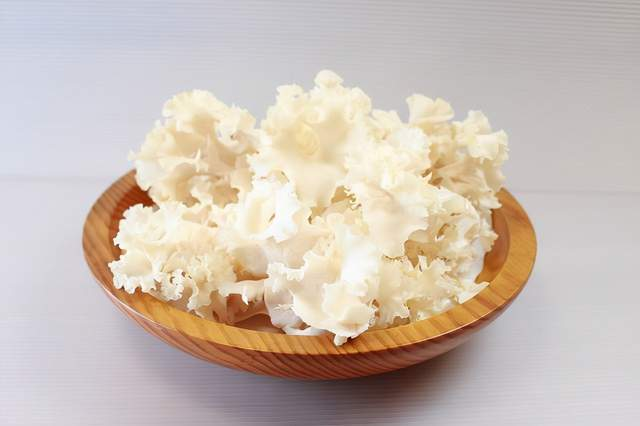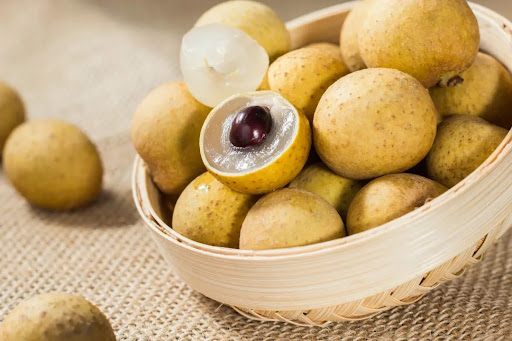Goji berries, as a representative species of "medicine and food homology," are widely used in food, beverages, health products, and other fields. However, despite their appearance of being plump and bright red,
Some merchants, in order to save costs, choose to use industrial sulfur. Industrial sulfur cannot be used in food processing because it is toxic and contains high levels of arsenic, which can easily lead to renal insufficiency and failure, polyneuritis, and liver function damage.
How to Select High-Quality Goji Berries
First Step: Observe
Color: The majority of normal goji berries are dark red, and their color is not very uniform. However, dyed goji berries are bright and attractive red. Pick up a goji berry and observe its fruit base. The fruit base of normal goji berries is white, while those fumigated with sulfur are yellow, and dyed ones are red.
Shape: Ningxia goji berries, which are listed in the "Pharmacopoeia," are oblate and not very large in size.

Second Step: Squeeze
Grab a handful of goji berries in your hand. Normal and high-quality goji berries are well-dried, with each berry being independent and not sticking together. Although a damp environment may soften the goji berries, they will not be excessively soft. Processed goji berries may feel sticky to the touch and experience significant color fading.
Third Step: Smell
Grab a handful of goji berries and hold them in your hand for a while, or seal them in a plastic bag for a short period. Then sniff them with your nose. If there is a pungent odor, it indicates that the goji berries have been fumigated with sulfur. Be cautious when purchasing them.
Fourth Step: Taste
Chew a few goji berries in your mouth. Ningxia goji berries taste sweet, but there is a slight bitterness after eating. Qinghai goji berries are sweeter than Ningxia ones. Goji berries soaked in alum will have a bitter taste when chewed, while those fumigated with sulfur will taste sour, astringent, and bitter.
Fifth Step: Soak
Place a few goji berries in warm water. High-quality goji berries are not easy to sink and have a high floating rate. The color of the water will be pale yellow or orange-red. If the goji berries are dyed, the water will turn red. However, if the goji berries are fumigated with sulfur, the water will remain clear and transparent.
Identification of Some Sulfur-Containing Foods
Pepper
Sulfur-treated peppers have a sulfur odor. First, observe the appearance: sulfur-treated peppers have a very bright red and smooth surface with white seeds. Normal peppers are naturally bright red with yellow seeds. Second, smell them: sulfur-treated peppers have a sulfur odor, while normal peppers have no unusual smell. Third, squeeze them: sulfur-treated peppers will feel damp when squeezed with your hand, while normal peppers will not have this damp feeling.

White Fungus (Tremella fuciformis)
Avoid purchasing overly white white fungus. First, observe its color and shape: normal white fungus is milky white or cream-colored, with a large, round, and full shape. Avoid buying those that are overly white. Second, smell its aroma: normal white fungus emits a faint fragrance. If there is a pungent odor, be cautious about purchasing it. Third, taste it: you can use the tip of your tongue to taste it. If there is a spicy taste, do not buy it.

Longan
Avoid purchasing longans with "blood streaks". Do not buy longans that look overly bright and lack natural textures on their surface, as these characteristics may indicate that they have been fumigated with sulfur. Check the inside of the fruit for red "blood streaks"; the inner shell of normal longans should be white.

Ginger
"Sulfur-treated ginger" tends to shed its skin easily. First, smell it to check if there is any unusual odor or sulfur smell on the surface of the ginger. Second, taste it with caution if the ginger flavor is not strong or has changed. Third, observe its appearance: normal ginger is relatively dry and has a dark color, whereas "sulfur-treated ginger" is more tender and has a pale yellow hue. Rubbing it with your hand will easily peel off its skin.

Post time: Dec-24-2024

